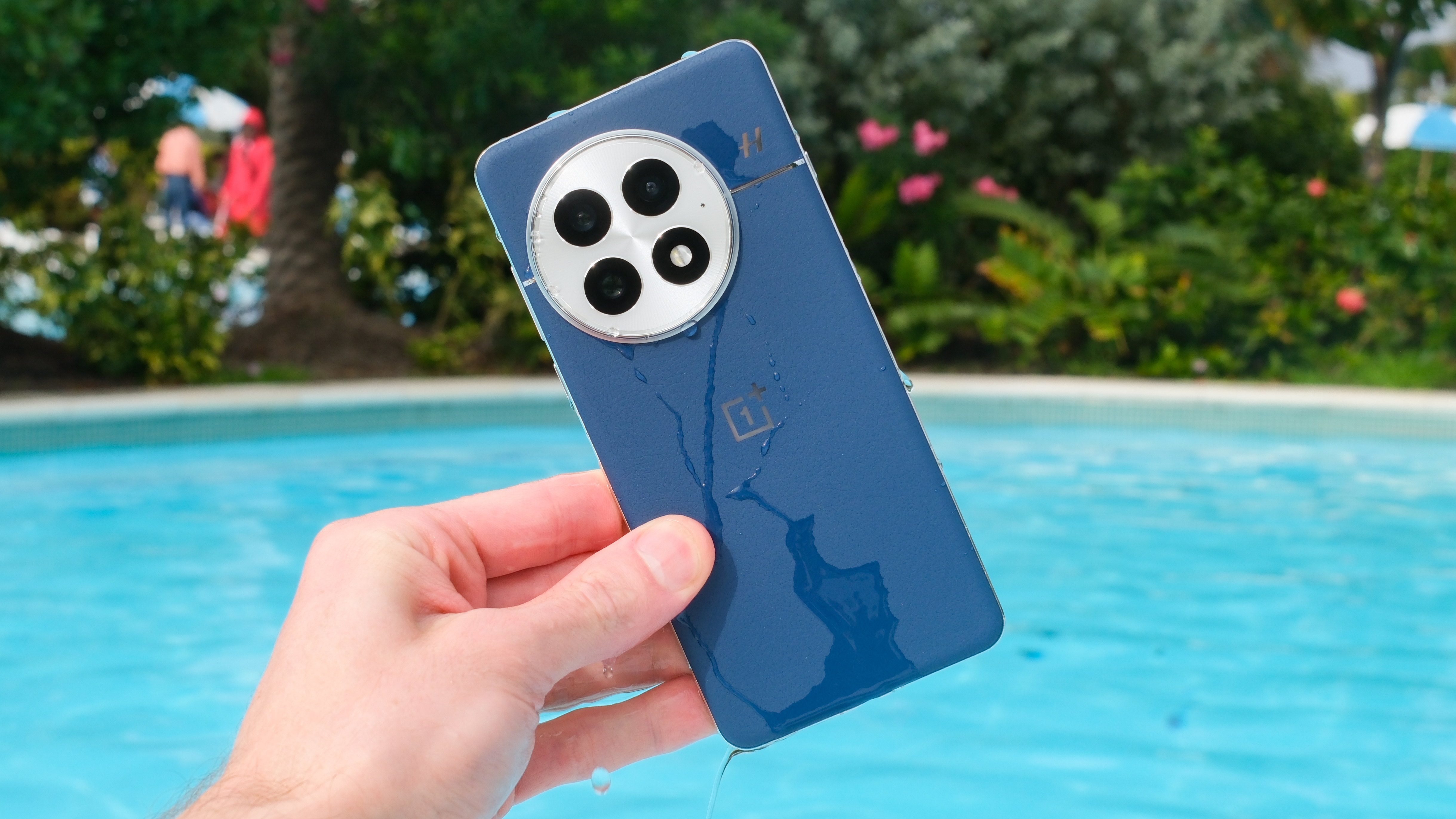
The OnePlus 12 was one of last year's big surprises when it came to capable phone camera systems – after some fine but forgettable cameras on previous models, the OnePlus 12 finally brought a phone that could meet the lofty expectations of having the Hasselblad logo printed on the rear.
However, this success piles the pressure on OnePlus to keep improving its cameras to keep up with the increasingly fierce competition. Last year's crop of phones was the best we've seen yet – and 2025 has only just begun. However, OnePlus has the distinct advantage of being one of the few China-based phone makers with a significant US presence.
OnePlus hasn’t reinvented the wheel here, and the OnePlus 13 continues along the path set by previous OnePlus phones. Although the 13 is not quite the flagship killer OnePlus phones once were, it still offers a healthy mix of premium features at an affordable price.
This year's updates include the latest Snapdragon processor, the best screen OnePlus has ever put on a phone, some new and clever AI features, and a new mix of camera sensors. But does all this translate into the best OnePlus yet? Let's find out…
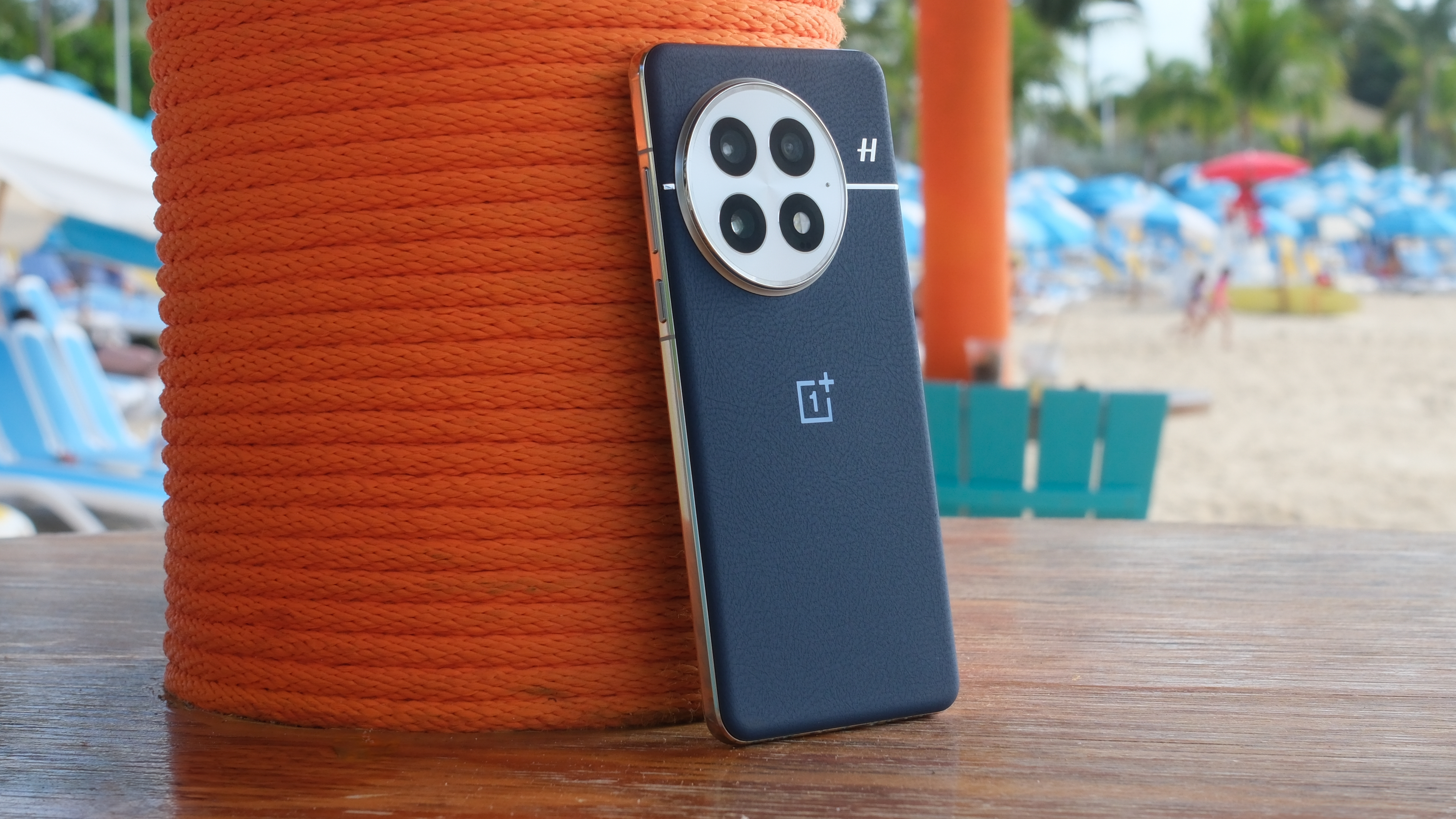
OnePlus 13: Specifications
OnePlus 13: Price
Increased competition means OnePlus is no longer quite the genuine flagship killer brand on which it built its reputation; however, the OnePlus 13 still offers incredibly good value for money and is, perhaps, pound-for-pound, the best-value flagship you can get right now.
Launching for $899 / £899 for the 12GB + 256GB version (although only in black), you get more bang for your buck than Google’s Pixel 9 Pro XL and Samsung S24+, which both sport similar camera setups, but for a higher price. And if you are thinking of switching from iPhone, then the OnePlus is far closer to an iPhone Pro level experience – but for an iPhone Plus price. If you want the Midnight Ocean version I have here, then it costs $999 but comes with 16GB of RAM and 512GB of storage.
Although, have phone cameras moved on that much? If you are truly after a bargain, you can grab last year's Pixel 8 Pro model at some substantial discounts, which still stands up today as one of the best camera systems on a phone.
OnePlus 13: Design & Handling
The OnePlus 13 is a beautiful phone – an elevated version of the OnePlus 12, shaving off a couple more millimeters in depth but keeping the general design of the previous model with its large camera island placed asymmetrically on the left.
But does the OnePlus 13 stand out from the crowd? There are only so many ways you can design a camera hump, and wanting to do things differently is how we ended up with the Pixel 'visor' design – love it or hate it. But with the latest Vivo X200 Pro, Oppo Find X8 Pro, Xiaomi 14 Ultra, and Honor Magic 6 Pro (to just name a few) all sporting very similar round camera islands, it's getting harder and harder to tell phones apart.
Luckily, this is where the new rear colors and finishes come into play. The version I have is the new microfibre vegan-leather blue option (officially named Midnight Ocean), which I thought looked a little kitschy at first; however, I have really grown to like it. Even if you aren’t a fan of the color, just the feel of the leather alone might be enough to win you over. The phone feels really nice in the hand, with the material having a soft touch, which I found almost comforting to hold, and it is more grippy than the glass backs on other devices.
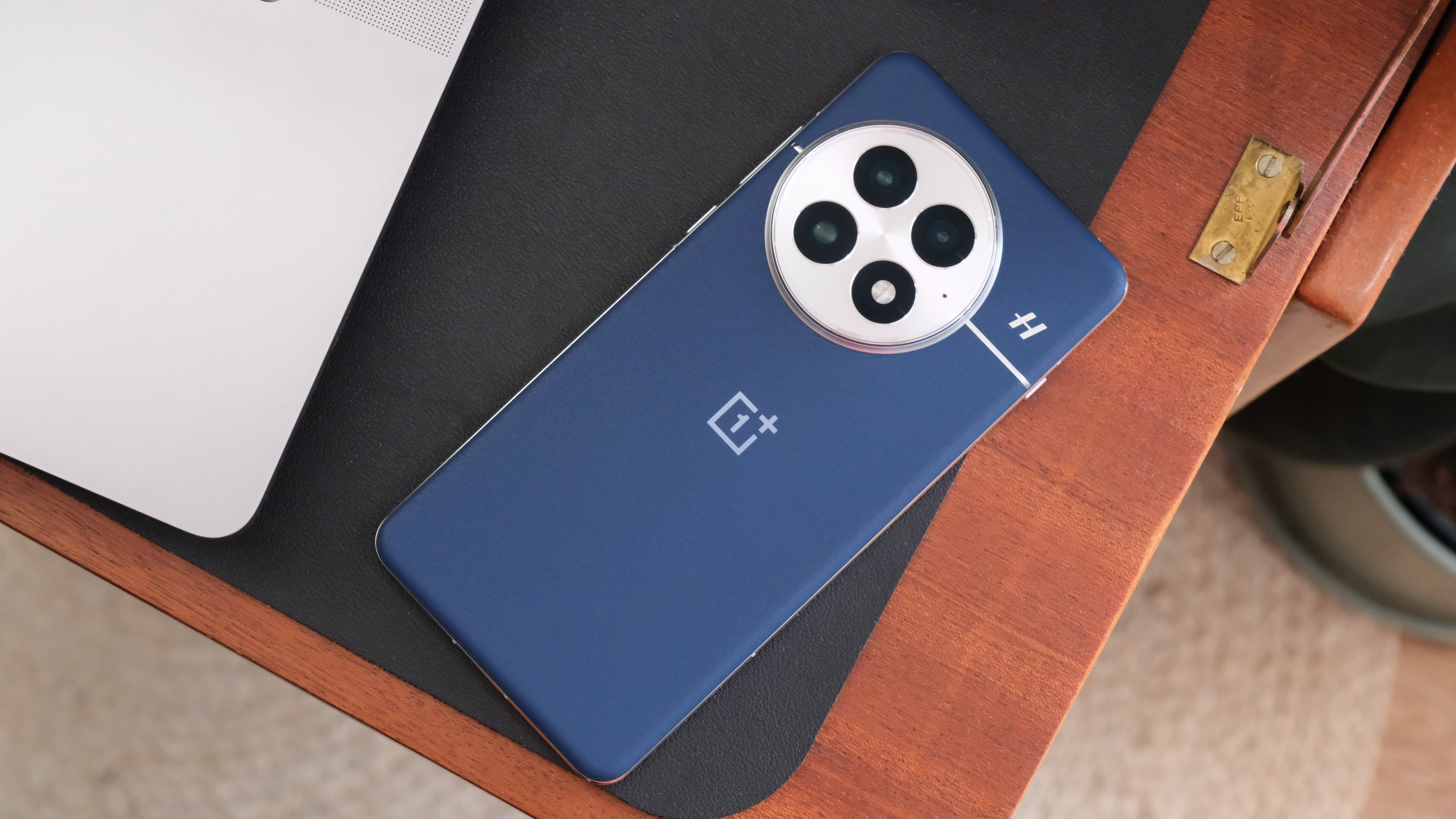
I wasn’t really a fan of the green-marbled OnePlus 12, so I am glad to see it not make a return, but I hope OnePlus keeps this faux-leather material for longer – maybe with a few more color options next time around. However, I will have to see over the next few months how well it holds up to prolonged use.
You can also get the OnePlus 13 with a black wood grain effect finish (named Black Eclipse) or with a white smooth glass finish (Arctic Dawn) if those colors or finishes are more your style.
Although, does any of this really matter when the phone will likely spend the majority of its time in a case? OnePlus has opted not to include magnets in its wireless charging array, which it claims is to keep the size of the phone down to a minimum. Or perhaps it has something to do with OnePlus’ 50W wireless charging – which, however technically impressive it is, I still feel is just not something most people will really use as it requires specific SuperVOOC chargers, which is just an additional hassle and expense. If it meant a slightly thicker phone or losing the 50W charging – I’d take built-in MagSafe all day long.
If you want to use MagSafe accessories, OnePlus is selling MagSafe-compatible cases, and I am sure there will be third-party ones available in the coming days/weeks as well.
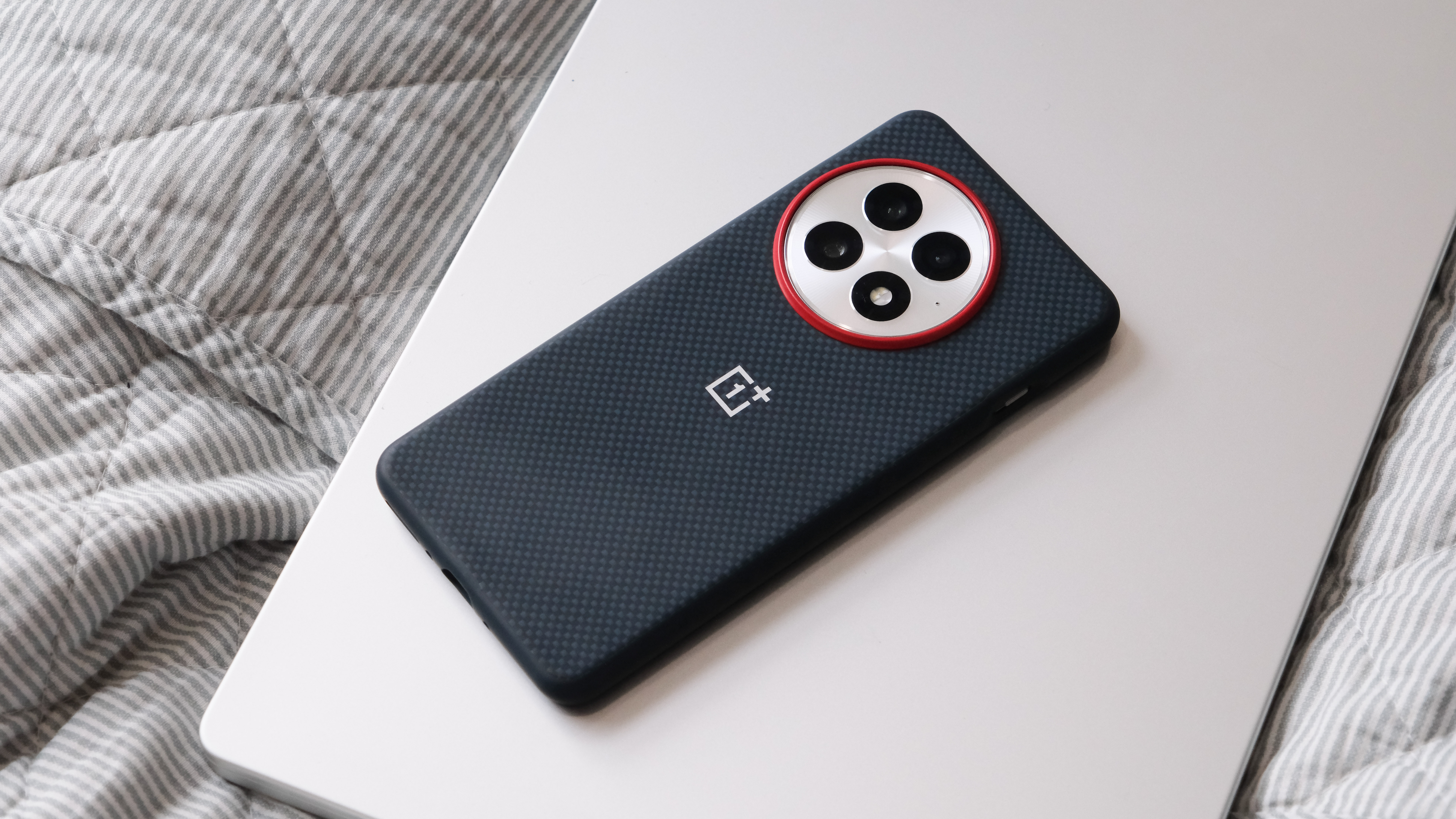
Around the edges is a polished aluminum rail that has the usual array of buttons and switches with a power button and volume rocker on the right-hand side and OnePlus’ signature three-way ring/vibrate/mute switch on the left – one of my favorite OnePlus features, long may it stay. I really expected OnePlus to rush to add camera buttons to their phones this year akin to Apple’s own, but it has decided not to go there, well at least just yet anyway – although other BBK brands haven’t held back.
The significant new feature that OnePlus is keen to shout about is IP68/69 waterproofing, which is coming to a OnePlus phone for the first time. But what does that actually mean? Is this going to be replacing your GoPro on your next underwater adventure?
Most likely, no, but getting closer! For the first time, you can be confident shooting in rain, snow, sand, or taking a dip in a freshwater pool down to a couple of meters – however, salt water is still out of bounds. But more freedom in where I can shoot without worrying is incredibly welcome. Also, the day-to-day reassurance that if I dropped the phone in the bath or accidentally left it in my pants as it went through the washing machine is comforting (if it survived a spin cycle that is).
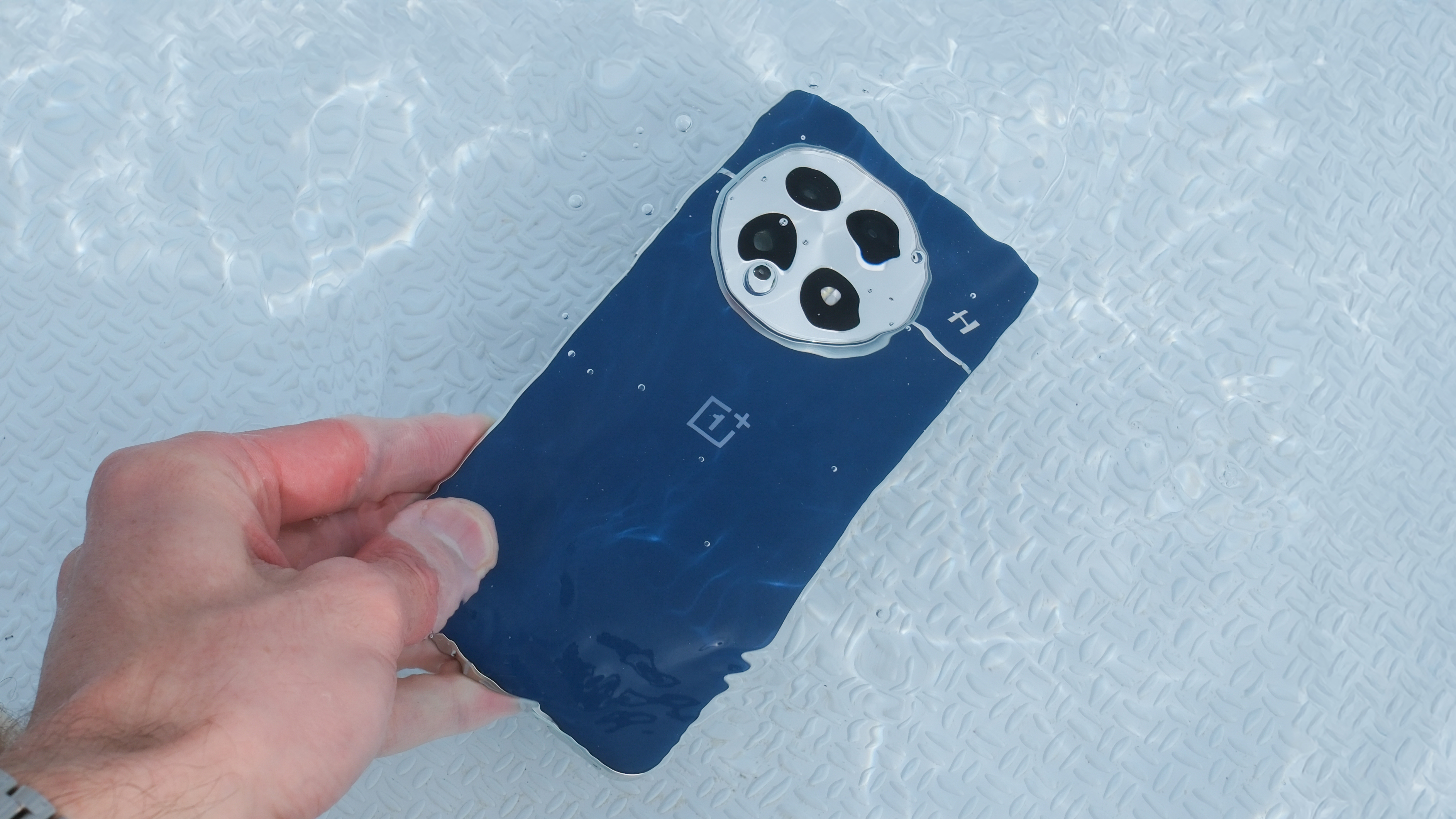
Screen
The screen on the OnePlus 13 is absolutely stunning – incredibly sharp when turned up to the max 3168 x 1440 resolution and bright at up to 1600 nits with a peak of 4500 nits. The screen also has an adaptive 1-120Hz refresh rate, which, combined with improvements in OxygenOS, produces some perfectly smooth animations that are a joy to use.
I am also giving top marks to the color balance OnePlus has tuned here. In ‘natural’ mode and without the annoying adaptive tone mode on, the white point and colors are incredibly accurate, although perhaps a touch muted. If you prefer slightly bolder colors, then the OnePlus offers a more saturated ‘Vivid’ screen option as well as D65 or custom screen color temperatures. The screen is lovely, and I would be as confident editing photos and videos on the OnePlus 13 as I would be on my MacBook Pro.
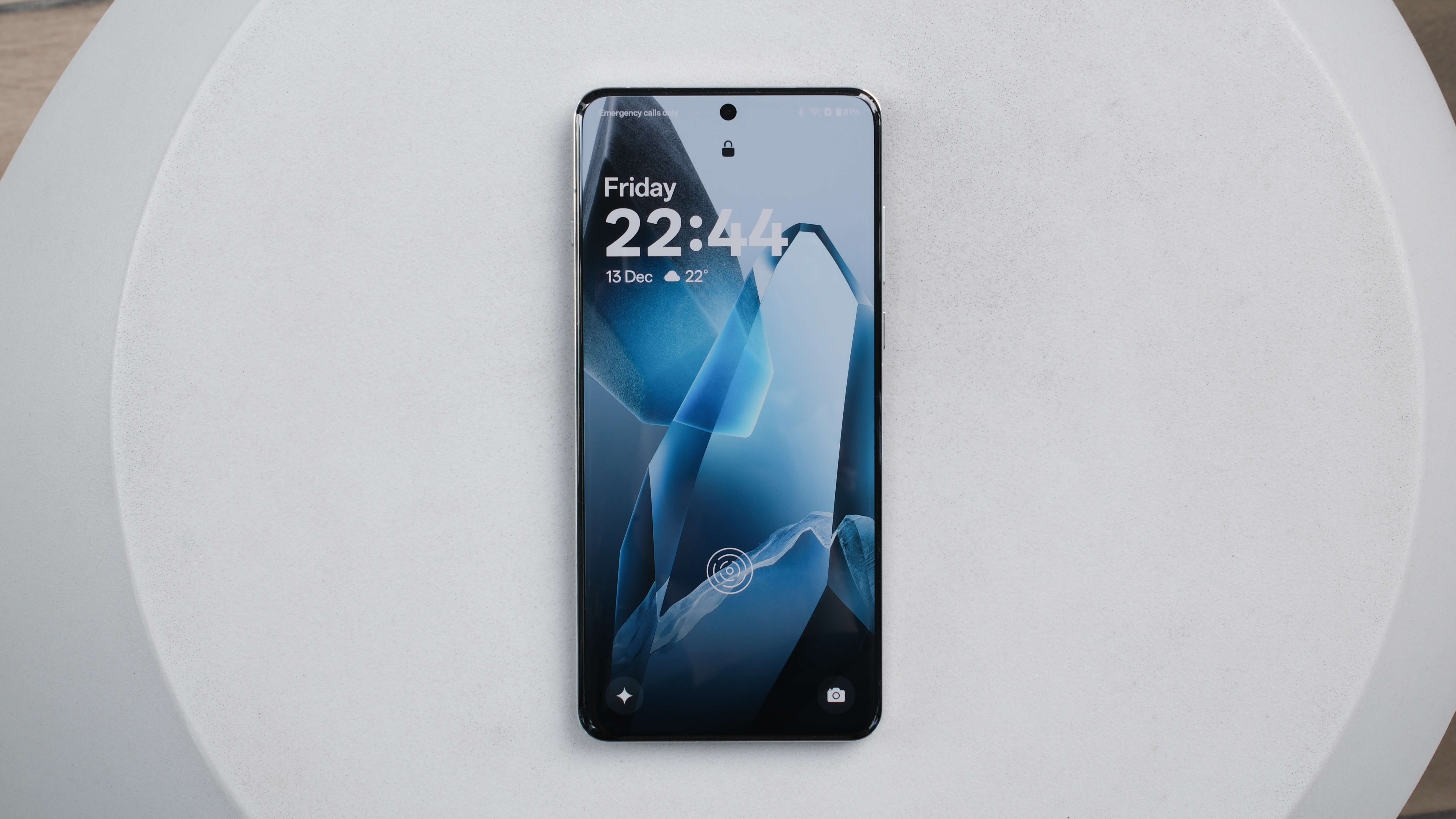
At 6.82in, the screen is just about what I can get my hand around and still reach the top with my thumb. We might be in the midst of a small screen comeback, and I have recently swapped to the smaller Pixel 9 Pro as my personal device, but using the OnePlus 13 has made me regret my decision to move to a smaller phone – I miss my big beautiful screen, and I am finding myself picking up the OnePlus more often.
The screen area is also now flat, although there is a slight curve on the edges of the glass over the bezels, and this slight falloff does make the phone more comfortable to grip. I am really not a fan of big curved edges on screens, so it makes me very happy to see them gone.
The screen is protected from drops and falls with a Ceramic Shield top layer and comes with a screen protector pre-installed in the box, which helps keep minor scratches at bay. The phone can also be used with gloves up to half a centimeter in thickness and can be used with wet hands or while covered in water (which I tested in the middle of a swimming pool, and it worked flawlessly).
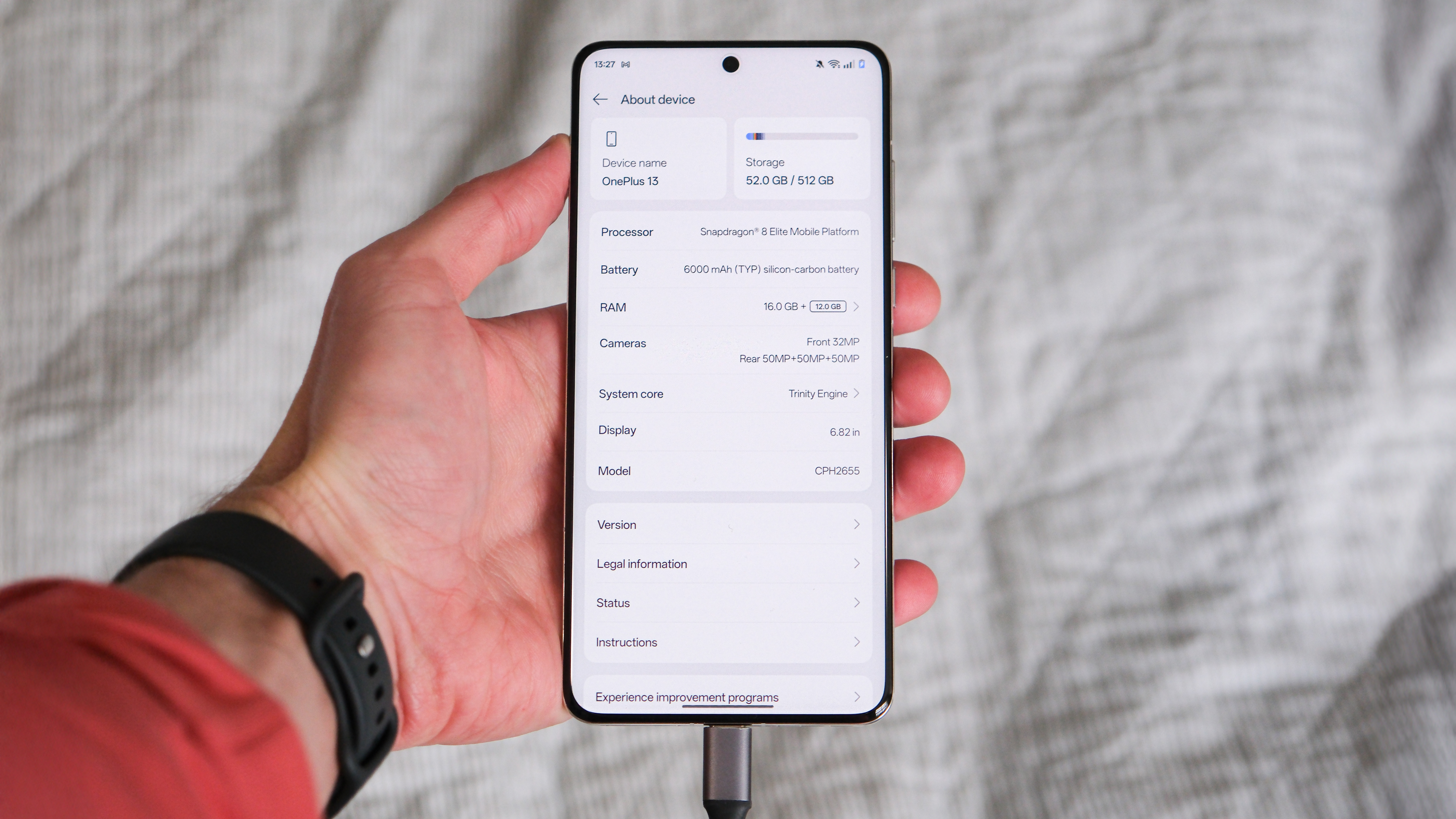
OnePlus 13: Camera Specs
The OnePlus 13 has three cameras on the rear – a main camera, ultrawide, and a telephoto. All three cameras boast 50MP sensors, although not all 50MP sensors are created equally.
The main camera offers a 23mm equivalent focal length, and its 50MP sensor is a 1/1.4” Sony LYT-808 paired with a f/1.6 aperture and 2.24um pixels – the camera also has optical image stabilization (OIS). This camera also handles the 2x zoom for a 48mm equivalent focal length.
Next up, the ultrawide camera has a 50MP Samsung ISOCELL JN5 sensor, which is the smallest on the OnePlus 13 at 1/2.75”. The ultra-wide lens delivers a 120º field of view, or 15mm in full frame terms.
Lastly, the telephoto lens has a brand new ‘Triprism’ design, which, you guessed it, uses three prisms. OnePlus says this enables a smaller camera bump – 24% smaller and 30% lighter than a “traditional periscope lens” to be exact. This triprism lens is paired with a 50MP 1/1.95” Sony LYT-600 sensor and offers a 3x optical zoom, or 73mm, with an f/2.6 aperture. The lens also has optical image stabilization built-in, and for any zooming beyond 3x, this will be the sensor that does the work – with some AI assistance once you go to 10x digital zoom and beyond (the camera stops at a pretty unusable 120x zoom).
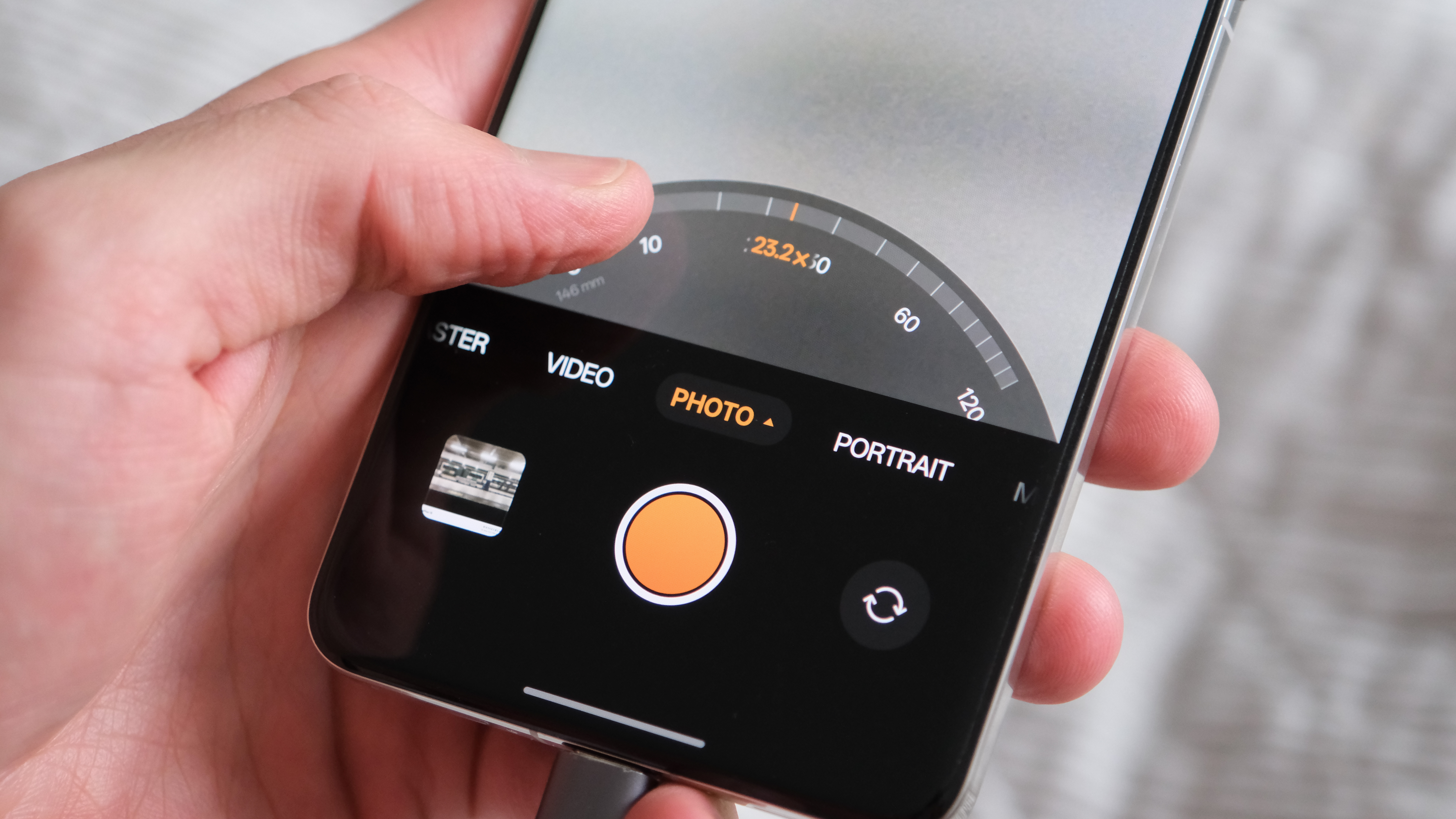
There is also a front-facing or selfie camera, which is a 32MP Sony IMX615 sensor with a f/2.4 aperture and a 90º FOV (25mm) with a fixed focus.
When it comes to video, all three rear cameras can record in up to 8K30, and all the cameras, including the front camera, can also record in a more usable 4K in 60/30 or FullHD – finally, all cameras can also shoot in up to 4K60 in Dolby Vision (HDR). For slow-mo footage, the OnePlus 13 can record 1080P at 240 fps or 720P at 480fps.
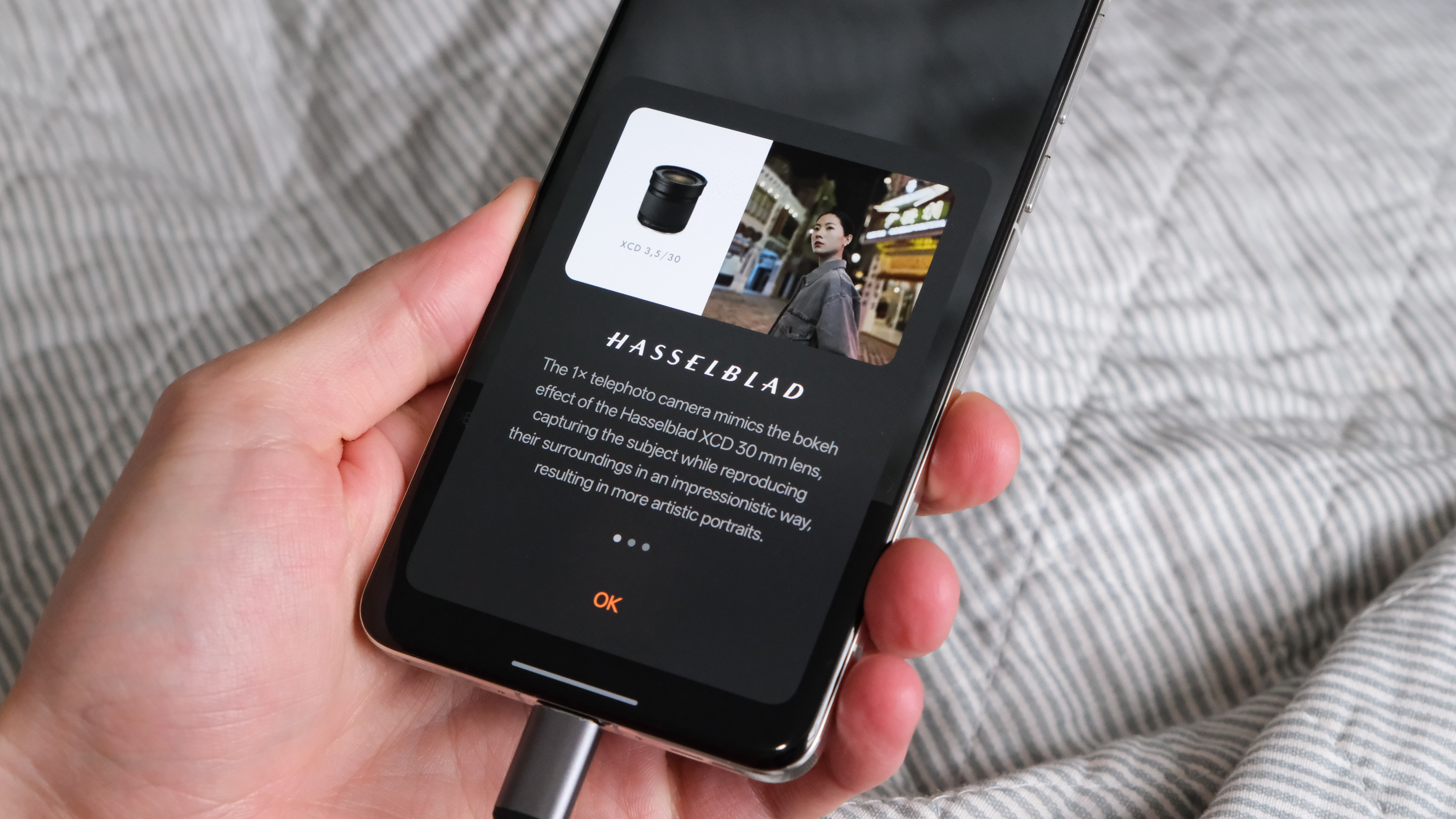
OnePlus 13: Camera Performance
With the launch of the OnePlus 12 last year, the brand made huge strides in catching up with the leaders in smartphone photography – and I am pleased to say the OnePlus 13 continues to challenge the very best. The OnePlus 13 doesn’t reach for the stars with flashy camera features, and while that might be disappointing when other brands are creating headlines with groundbreaking features, I like that the team at OnePlus concentrates here on the core camera experience, and it nails that very very well.
OnePlus has again teamed up with Hasselblad for its cameras, and while you’re not going to mistake a OnePlus 13 photo for a medium format one, there is a Hasselblad influence in the portrait styles and the color science OnePlus uses. I really love the images the OnePlus 13 produces – images have accurate and pleasing colors with the right amount of vibrancy without falling into my pet peeve of overly boosted saturation to make an otherwise dull image "pop". White balance was pleasingly neutral, although it defaults slightly to the warmer side.

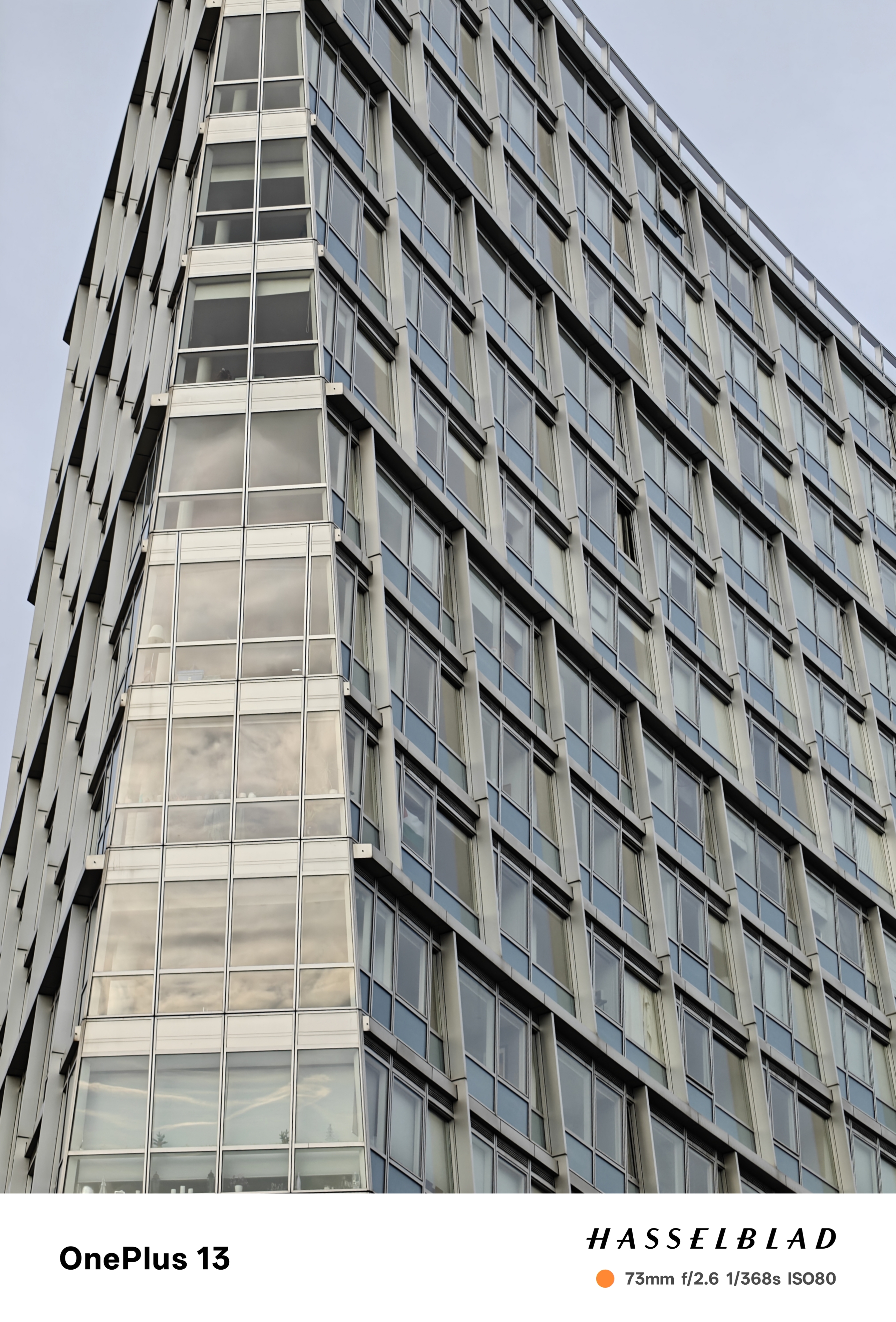

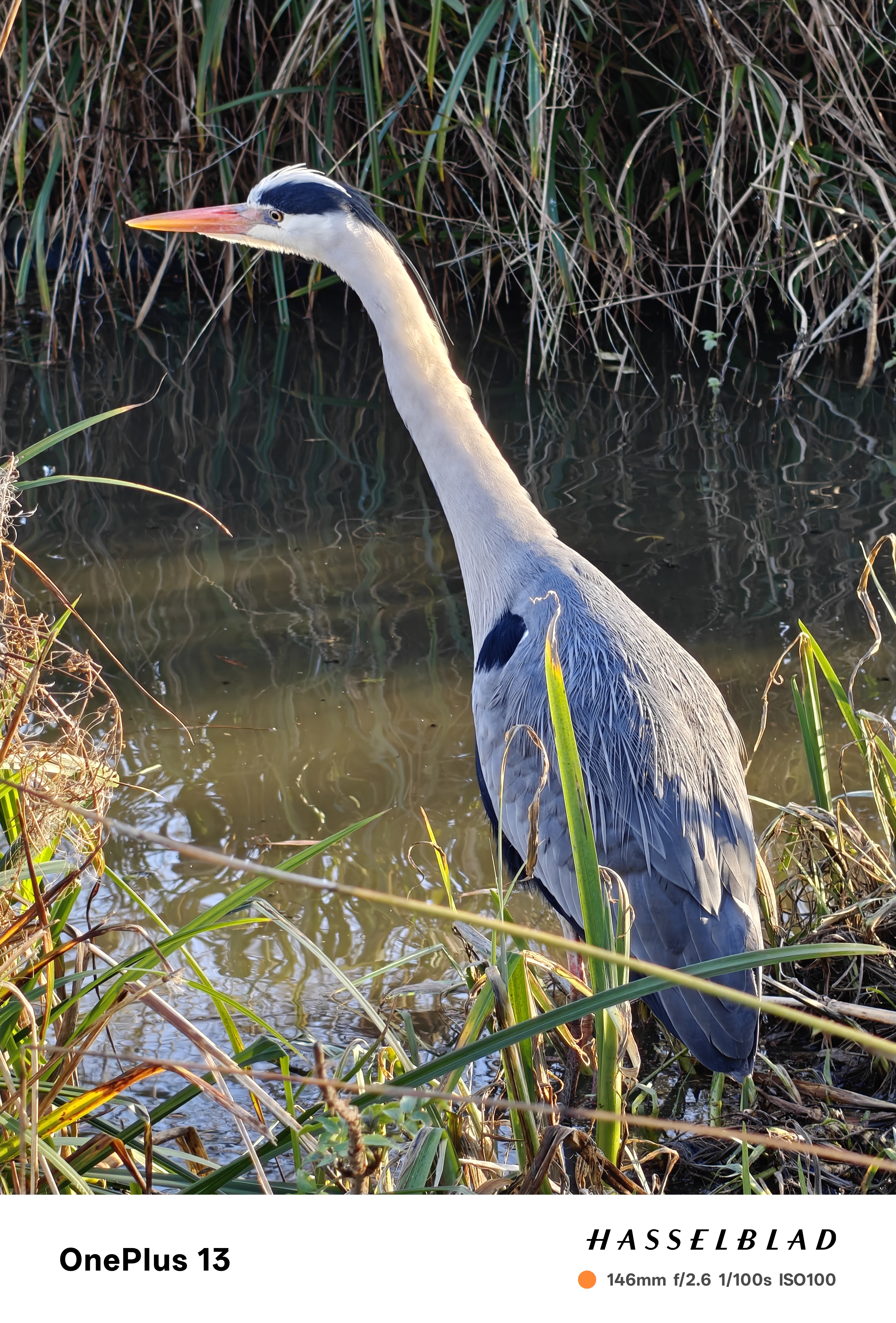

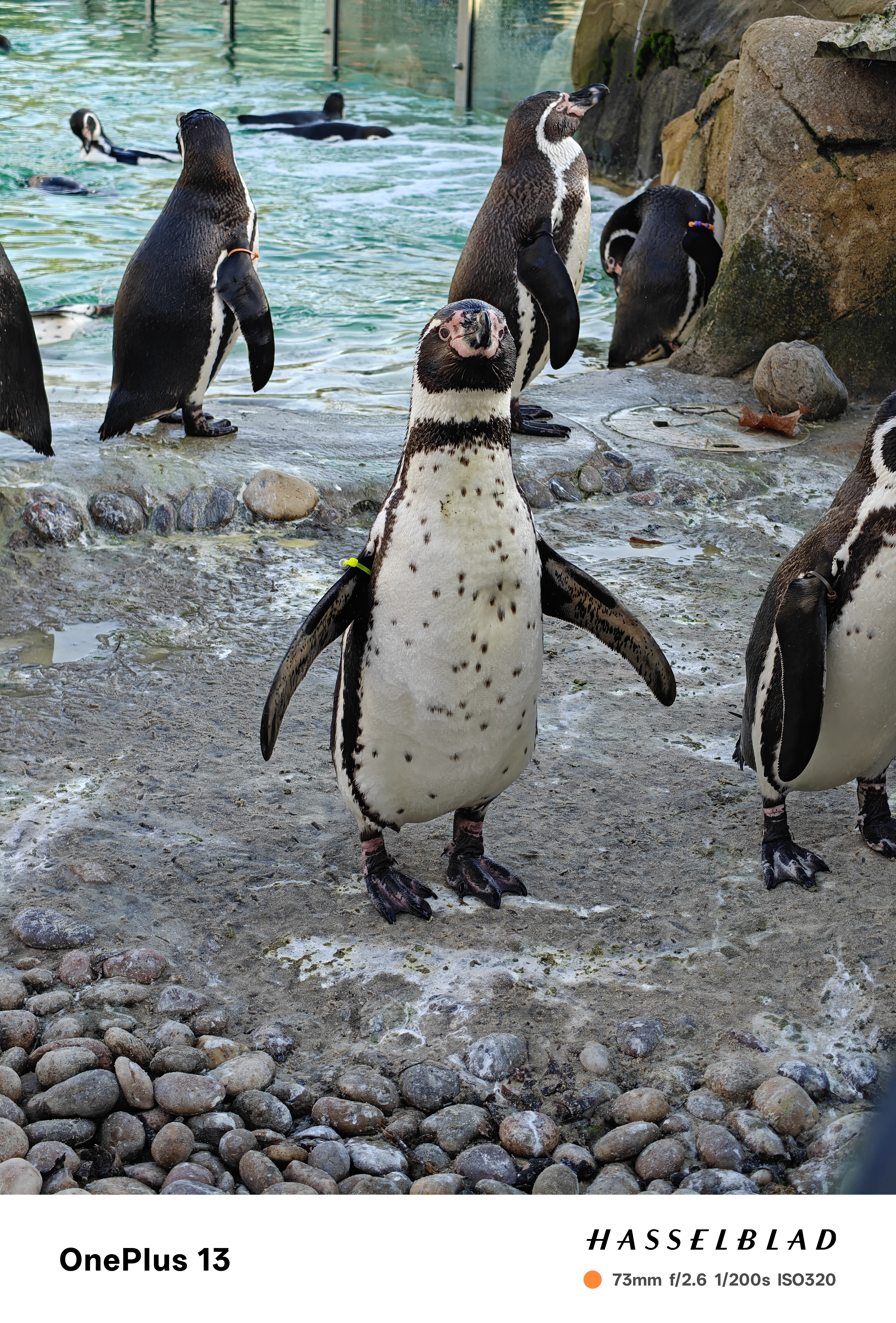

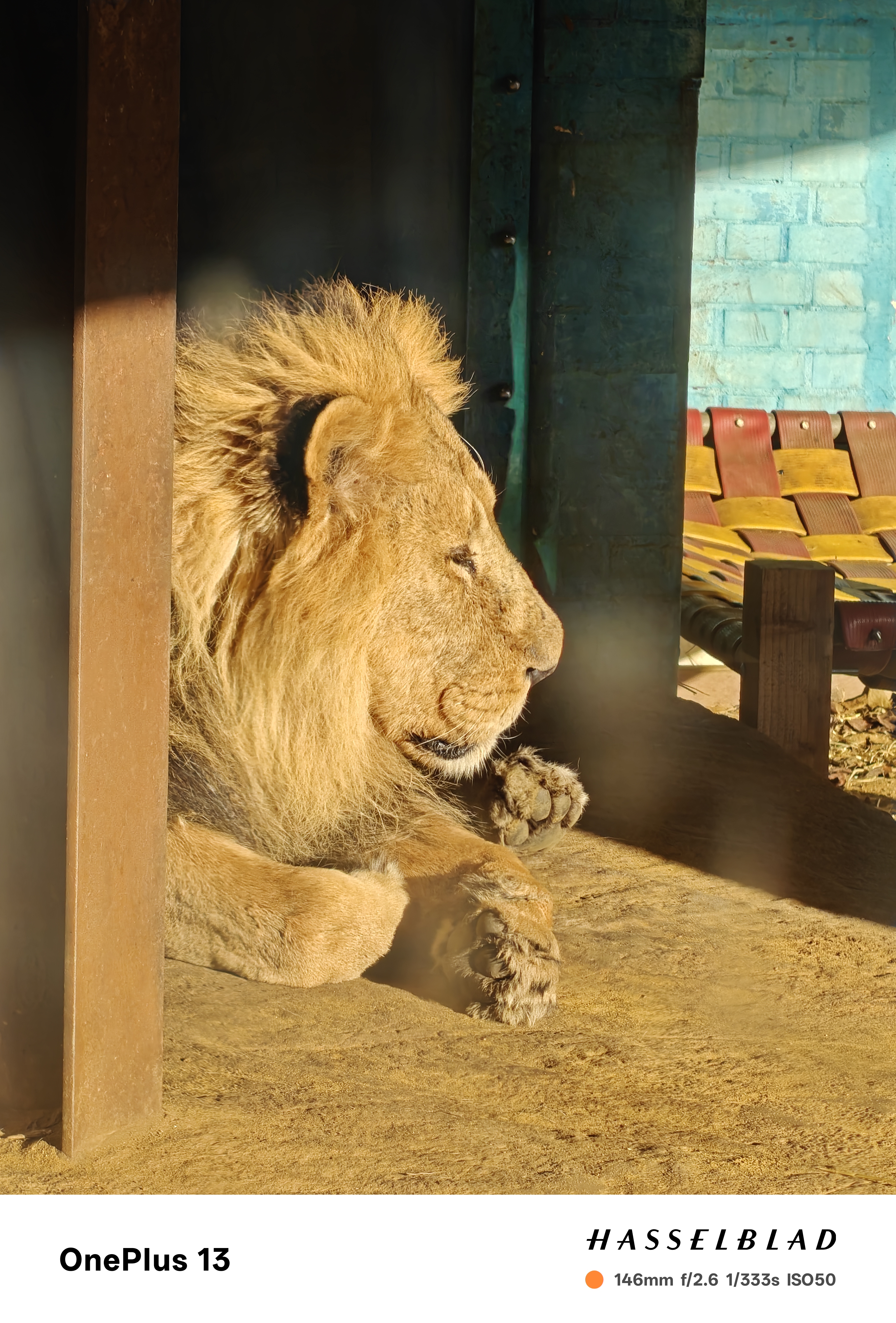

However, the consistency of the white balance and processing was the thing that tripped the OnePlus up most during my testing – sometimes reading two similar consecutive shots differently.
The white balance made the most errors when flicking quickly between the cameras. In the first image below, these four images were taken one after the other, but the white balance varies between each camera – with the main camera getting the balance most accurately. The second image is very much the same, with the main camera producing a better representation of the scene than the 3x camera.
This might seem a minor issue, as it's only really obvious when directly comparing images – but if your photography is important to you, then knowing you consistently have the most accurate color balance should be as well – without having to rely on pro modes or raw files.
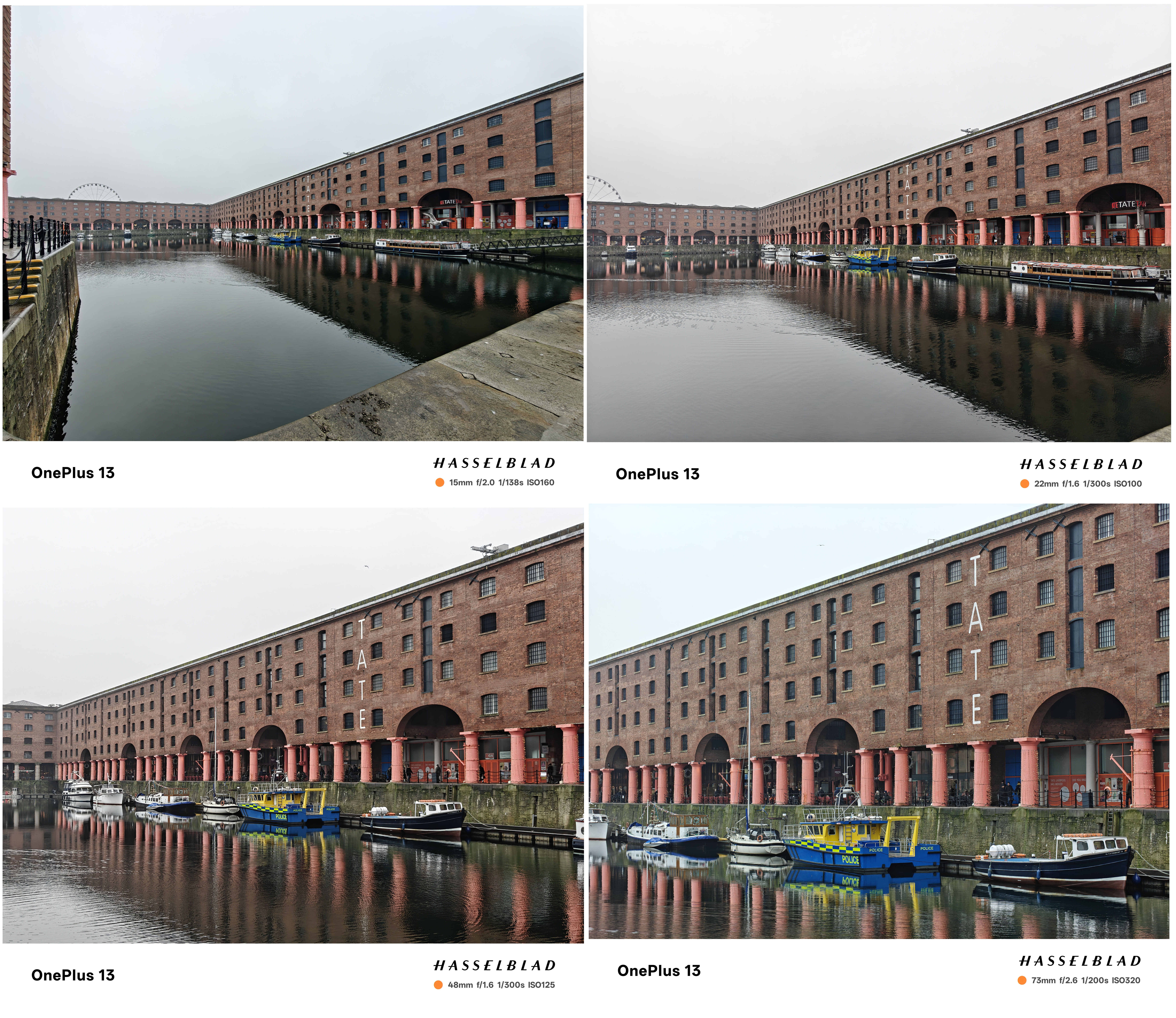
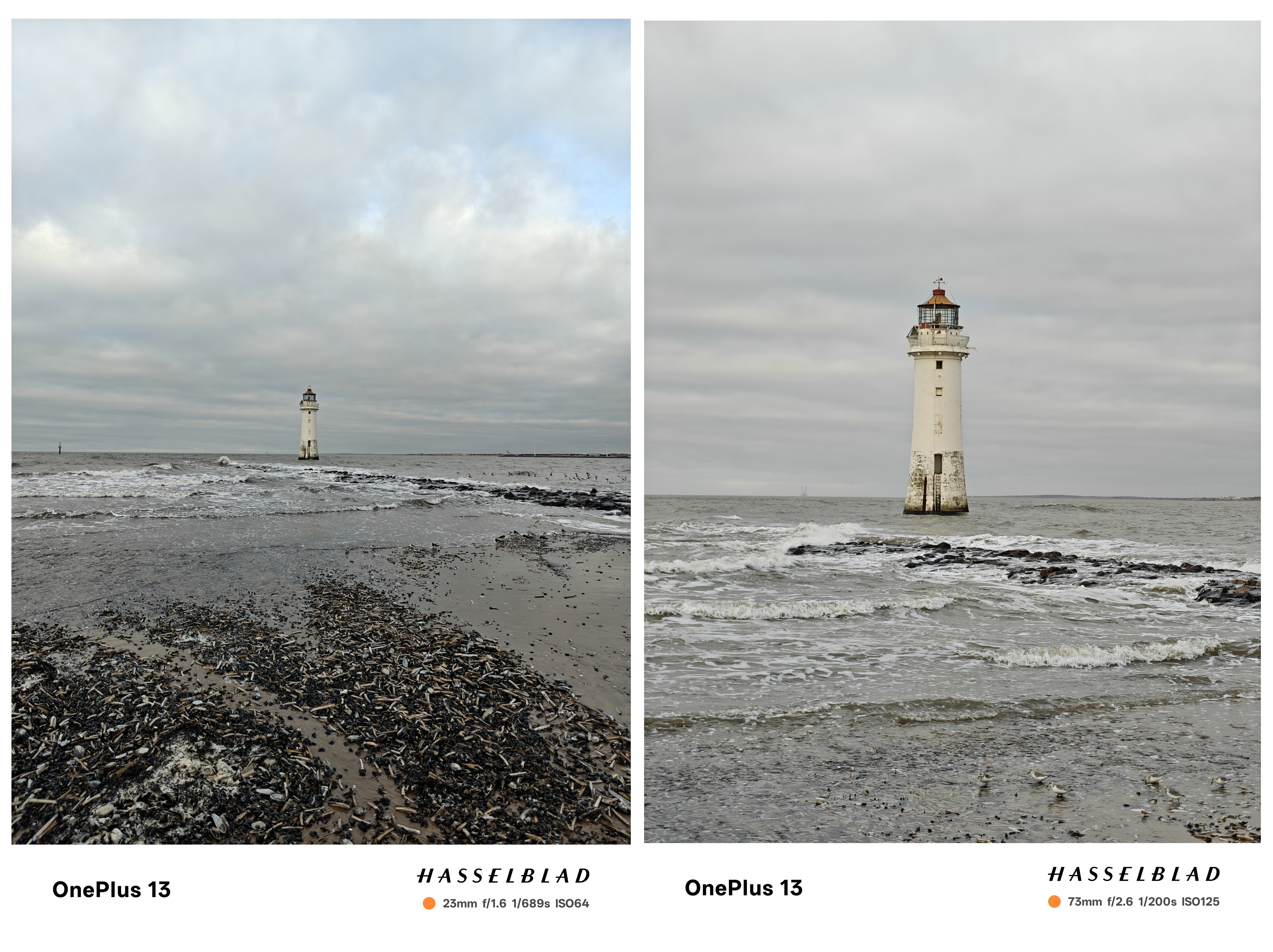
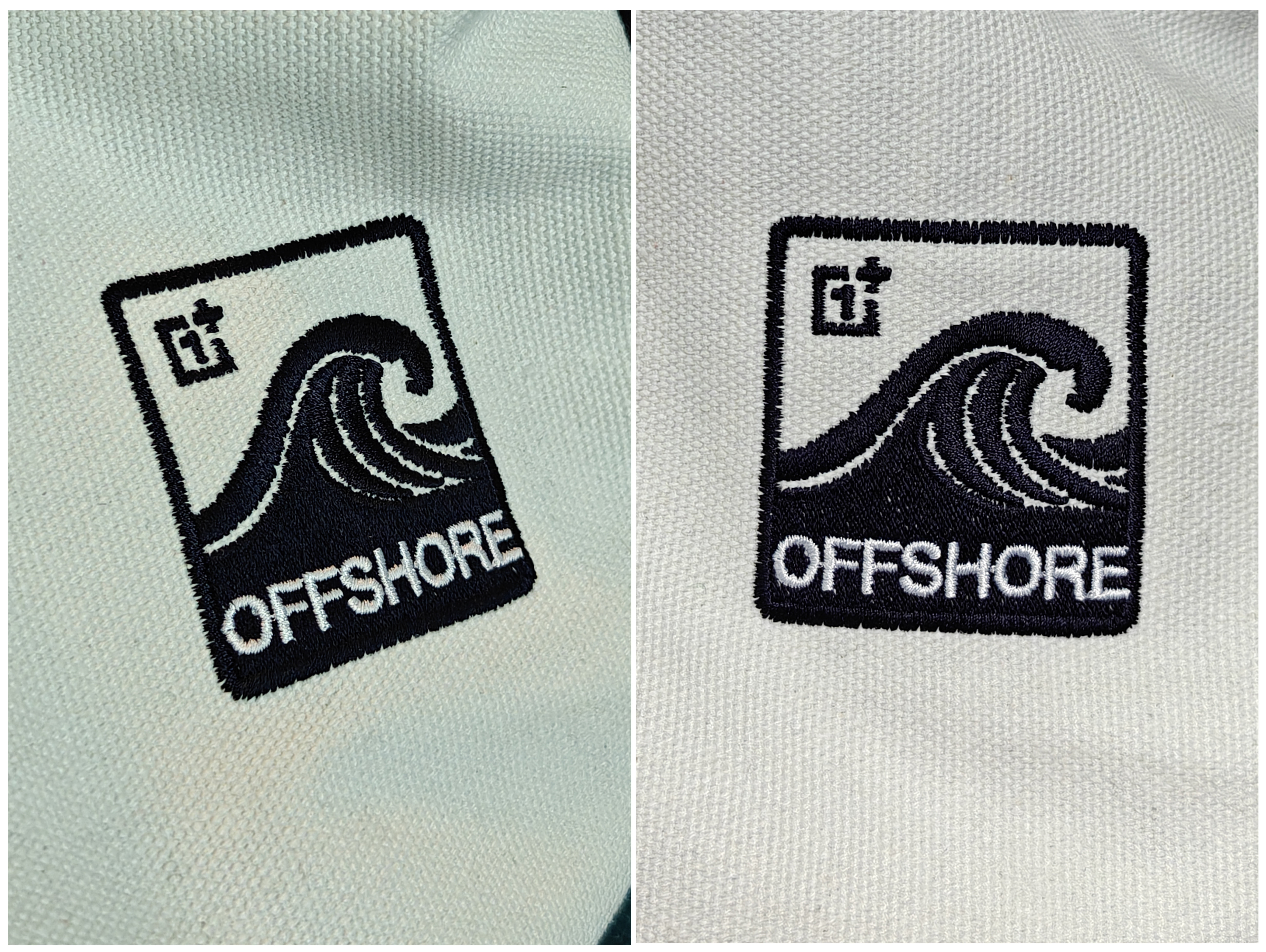
Zoom in beyond the 3x optical zoom, and the AI-assisted digital zoom will take over. The OnePlus 13 was actually very impressive and very usable up until around 30x digital zoom, with the AI-powered processing producing clean images on subjects that didn’t require huge amounts of detail to be caught. You can push the zoom up to 120x, but after 30x, I found significantly diminishing returns – but its there if you really need it.
The AI does struggle with humans unfortunately, so this means you can forget about photographing people at this distance, as faces become unrecognizable blurs. You also need to have a steady hand, as unsurprisingly, at 728mm, any minor shake can become pretty major, but the combined optical and digital stabilization does a pretty great job.
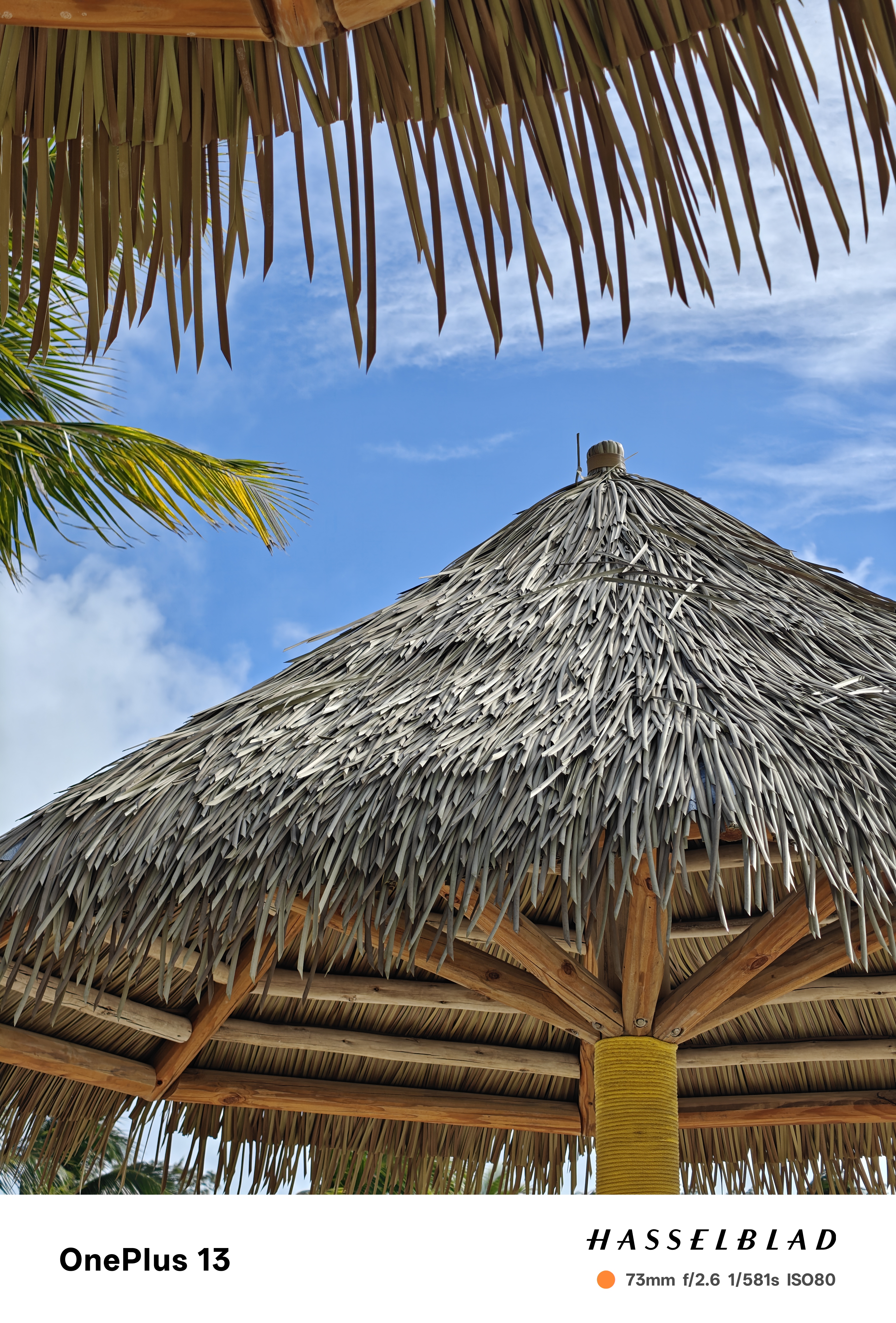



Both the main and the ultra-wide cameras offer impressive performance, but the telephoto camera is the star of the show, producing the cleanest, sharpest, and most consistent images of the bunch.
While the 3x camera is solid, I personally would have preferred a 5x telephoto lens as there is just not enough of a leap between the 2x output of the main camera and the 3x telephoto. Digital zoom is getting better, but I would still rather have the real deal of a longer optical lens.
Macro performance stands out, with an impressive amount of detail captured without leaning too heavily on post-processing to sharpen everything up. Although a little trick is you can combine macro with the AI detail boost (more on that in a sec) to crop in even closer to macro shots and make up some of the lost quality – although some would consider that cheating.
The OnePlus 13 also has fantastic nighttime photography skills; even with its smaller sensor, I was able to get detailed night shots, even with reasonably quick-moving subjects. This also applied to all the cameras – including digitally zooming in beyond the 3x optical camera.






AI
The most recent evolution in photography – AI. Of course, like the rest of the industry, OnePlus has its own versions of the latest AI tools to manipulate your images.
However, the big downside to OnePlus’ AI tools is that they are all handled in the cloud, which means if you don’t have a steady internet connection, then you should forget about trying to use them. Even with an internet connection, sometimes the processing dragged on and on or just failed.
But are they even worth using? Let's start with the familiar object removal tool. OnePlus’ version is very good, although there are limited options for refining your selection, so if you lasso a person but it misses off an arm, you have to do a second removal for the missed bits.
But the AI usually recognizes and outlines subjects you might want to remove from photos very well, and it does a decent job of filling in the background – and sometimes bested Google's Magic Eraser. Most results were quite usable, so ling as you don't zoom in too far. The OnePlus only struggled to replicate certain textures and also has a habit of cloning objects rather than reimagining them. Take a look at the examples below, the stone surface behind the seagull is not recreated convincingly, and in another shot it cuts off the front of a bike – although you might not notice without looking closely.







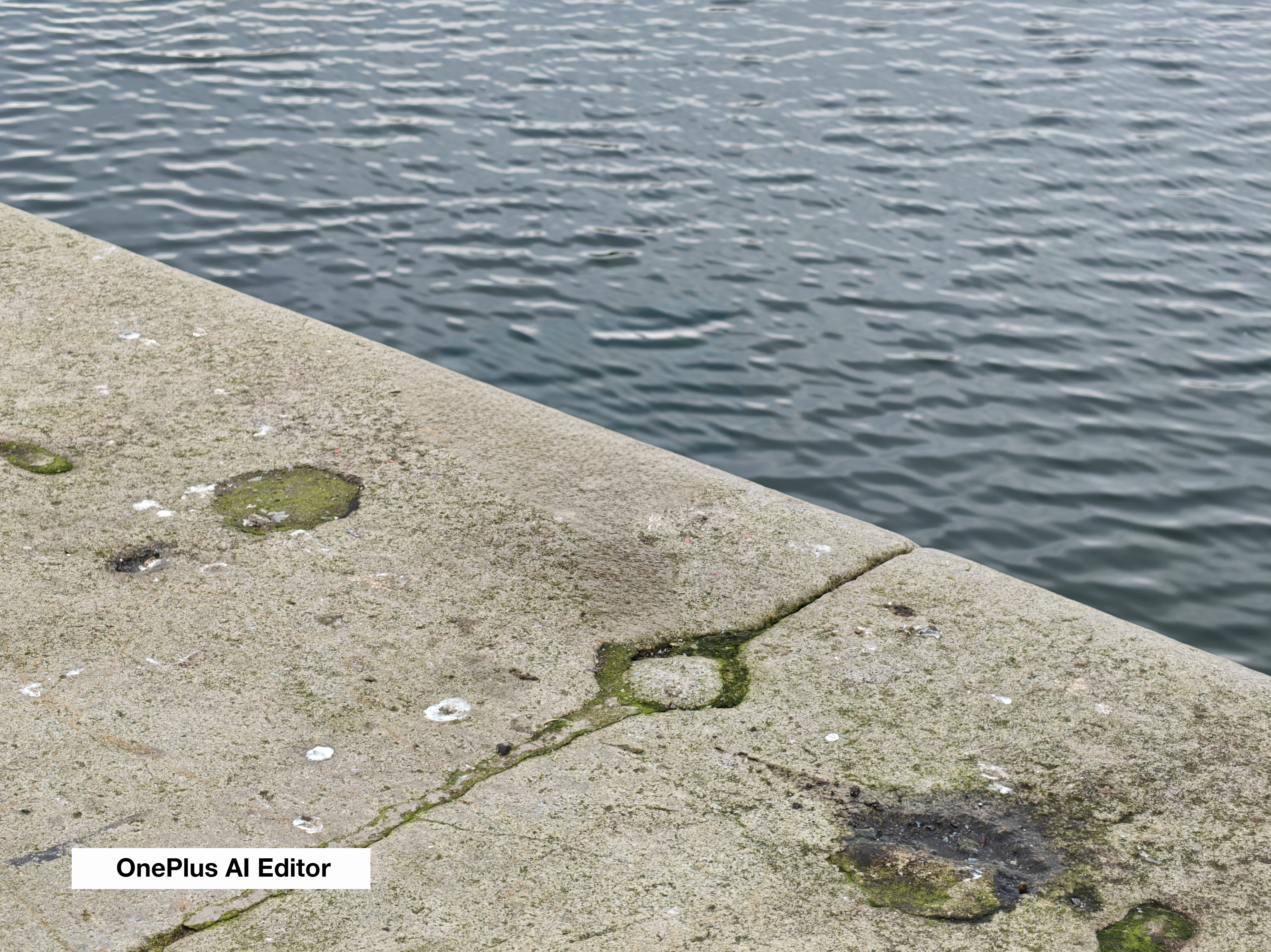

There is also an AI unblur, which does well on correcting very minor blurring, although really don’t expect miracles with this one. Similarly, AI clarity enhancement is also good for just a little extra boost, but again, it will only do so much. I found this worked best on close-up details in macros where there was already something to work with rather than trying to enhance a small section of a landscape.
AI reflection removal is the tool I find most exciting, and it does a pretty good job, although it is quickly thrown by more complex scenes, defaulting to replacing removed reflections with gray masses. It also fared much better at removing clearly reflected objects like light spots but struggled to remove a reflected person from a window.
OnePlus 13: Phone Performance
Forgetting about the camera for just one moment – the rest of the OnePlus 13 performance is outstanding. The SnapDragon 8 Elite processor keeps everything humming along beautifully. OnePlus is promising a 45% performance boost from the last model, and I have yet to notice a single stutter or drop in day-to-day performance when using the phone. Photo and video editing is also incredibly quick – I was impressed by how fast I could hop into a video, make some edits, and save a copy.
A new OnePlus phone brings a new version of OxygenOS, and the 15th iteration is an excellent refinement. I do prefer the core Google Pixel flavor of Android, but if there must be a skin on top of it, then OxygenOS is one of my favorites. The OS does a good job of not getting in the way too much – there are a few features and settings that aren’t where you might find them usually, and there are a couple of uninstallable bloatware apps, but otherwise, the OS is just clean and simple – and comes with 4 years of OS updates and 6 years of security updates which isn't the best available, but it's decent.
The OnePlus 13 also packs an impressive 6,000mAh battery (the largest ever in a OnePlus phone), but the latest Silicon NanoStack tech means a much smaller battery. Using OnePlus/Oppo SuperVOOC charging, the battery can charge from 0-100% in just 36 minutes with the included 100W charger. I found the battery life very impressive – testing the phone, I was focused on the cameras, and almost an entire day of taking pictures and videos (as well as some messaging) on a bright day, with a high screen brightness and maximum resolution, I only burned through around 80-85% of the battery – this phone just keeps going and going.
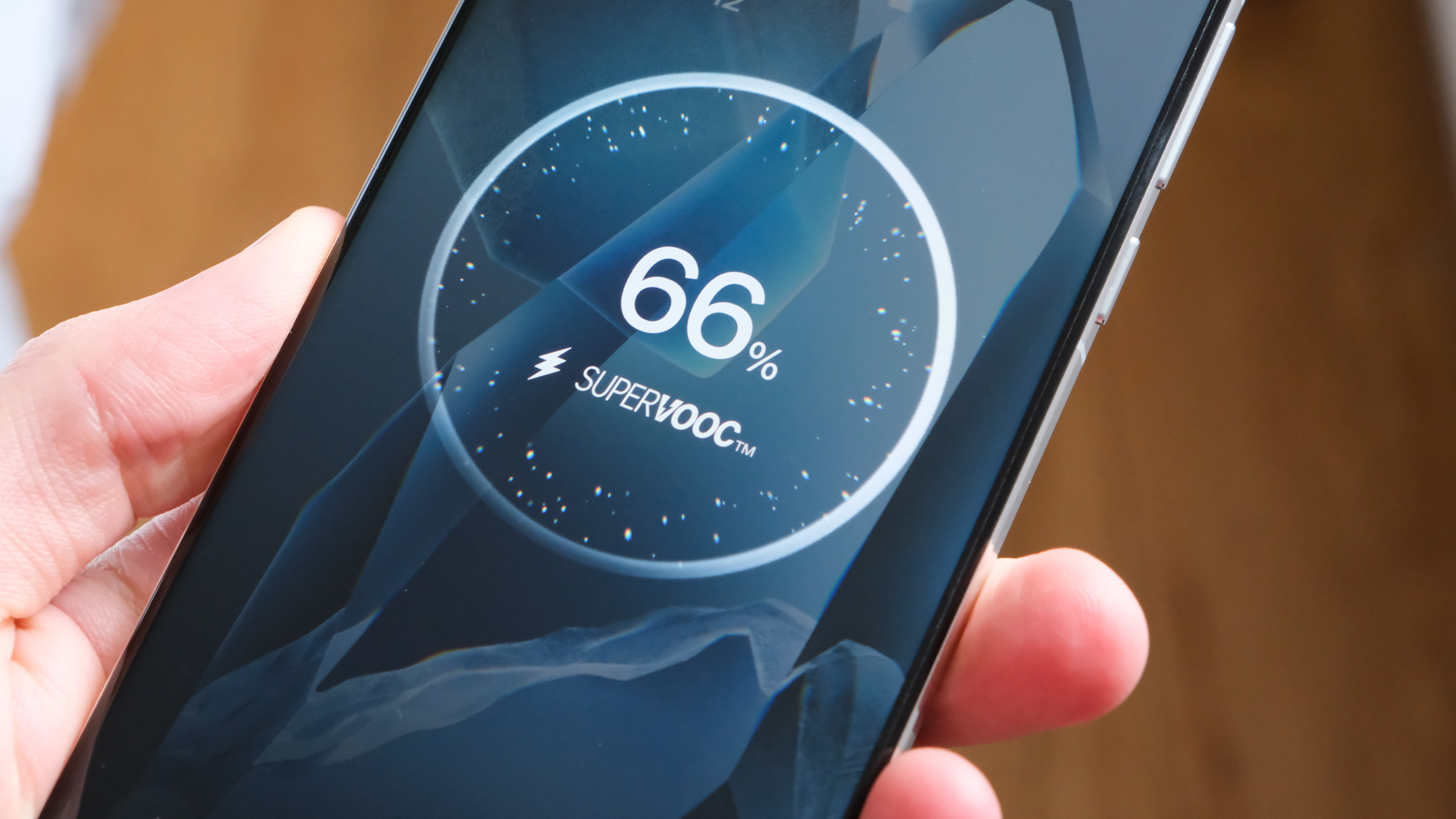
OnePlus 13: Verdict
It would take a really good camera system to knock the Pixel 9 Pro off the top spot as my first choice camera phone, and the OnePlus 13 comes agonizingly close, with all three of its cameras offering great images – although a few white balance mistakes and a shorter telephoto just take it away from perfection.
Photos are detailed, with great results from each of the three different cameras. The colors are accurate and nicely saturated. The white balance, on the whole, is accurate, although it can veer slightly warmer, however, consistency has been a minor issue with some quirks in white balance and processing as you switch between cameras.
And when it comes to hardware, I wish OnePlus had chosen to go further than a 3x optical zoom camera, I am a big zoom fan, and this doesn’t quite do it for me – I would really hope for at least a 5x optical zoom. The AI-assisted digital zoom is good, but it can’t compete with a true optical camera, and overprocessing becomes an issue.
But taking the focus off the cameras, the OnePlus 13 is an excellent all-round device. The 6.82-inch screen is beautiful to use, incredibly sharp, and with great color balance. The latest Snapdragon processor also keeps the phone flying through tasks. Design-wise, the OnePlus 13 feels every bit as premium as other flagships, and I am a huge fan of the new microfibre vegan leather back cover – although I really wish OnePlus had incorporated magnets into the wireless charging rather than relying on cases.
Starting at $899, this might not be a flagship killer, but the OnePlus 13 is certainly one of the year's first flagship challengers.








